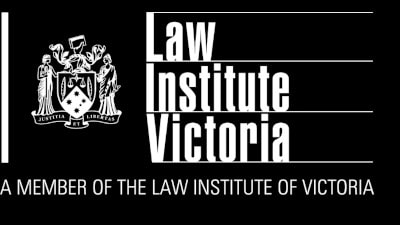Negotiating IT Contracts
Client Alert
By Kent Davey & Leanne Ricardo
"Negotiating a contract with a software or hardware vendor is a bit like playing golf with Tiger Woods. No matter how skilfully you hit the ball, chances are good that Tiger will outswing you" – On-Line Consultant Software

